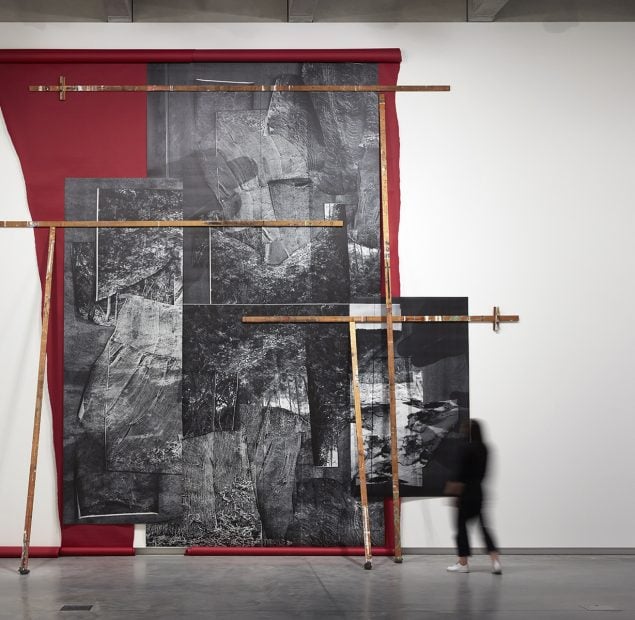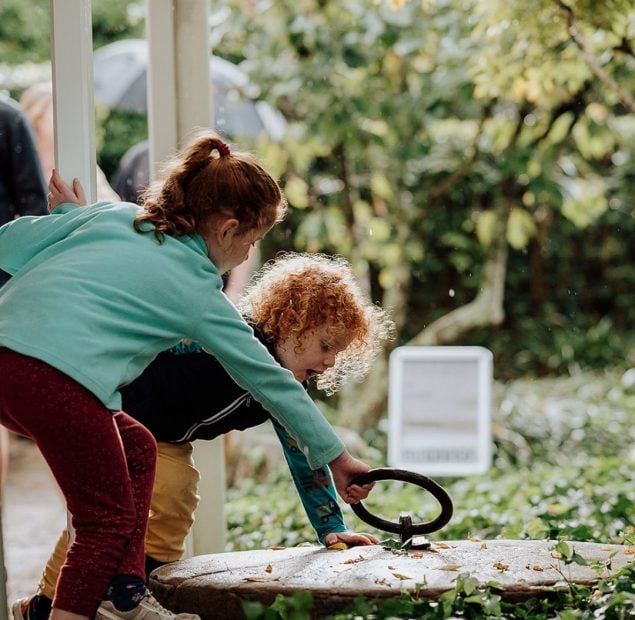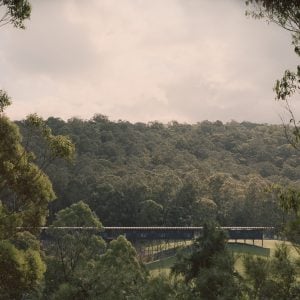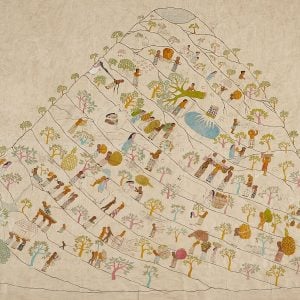Bundanon acknowledges the people of the Dharawal and Dhurga language groups as the traditional owners of the land within our boundaries, and recognises their continuous connection to culture, community and Country.
In Dharawal the word Bundanon means deep valley.
This website contains names, images and voices of deceased Aboriginal and Torres Strait Islander peoples.






